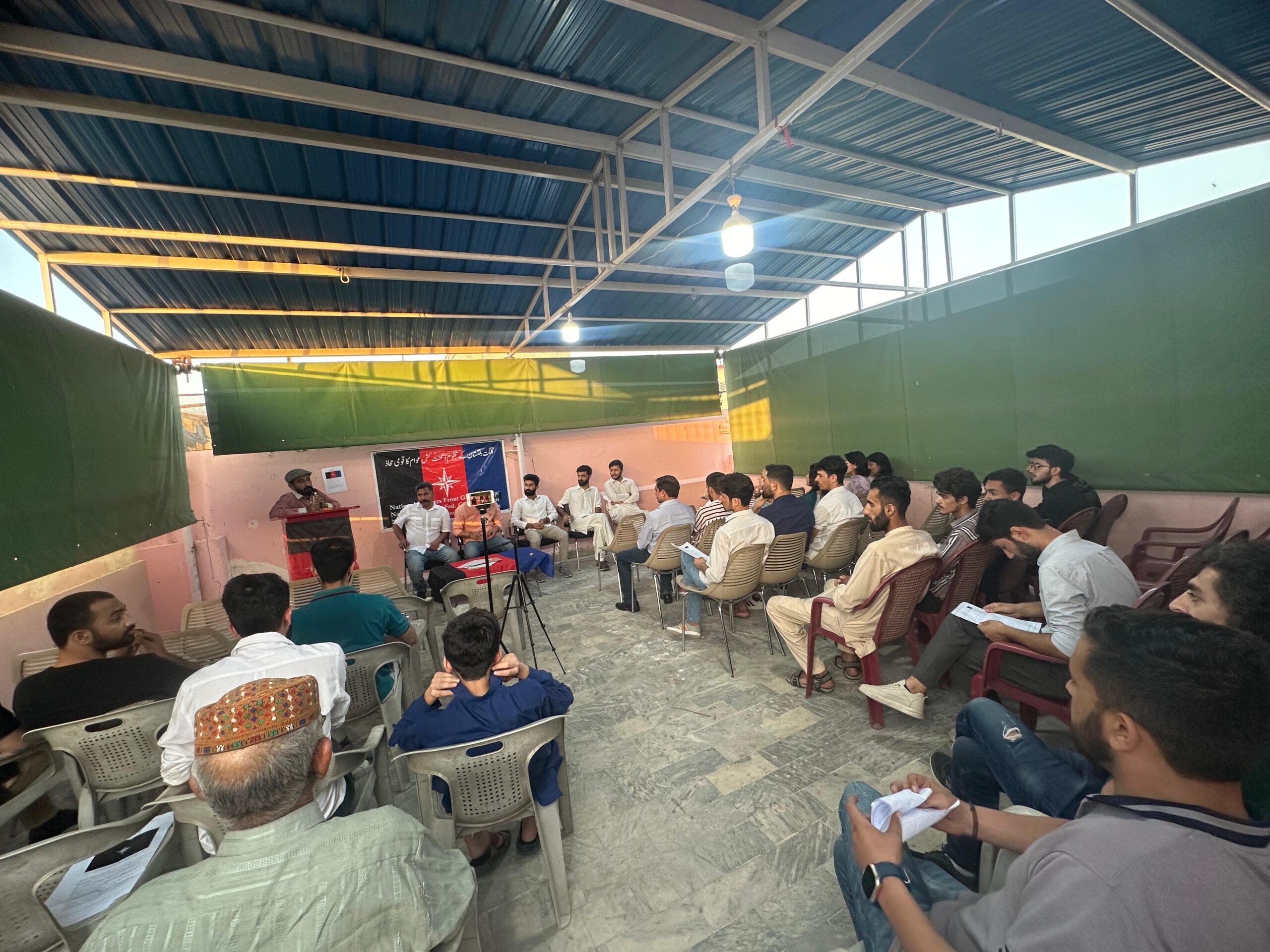This article analyzes the impact of climate and topography on life of the people of Pakistan.
Background
The landscape of Pakistan varies from province to province. There is also a great variety in the landscape within the provinces. The country is blessed with mountains, alluvial fertile plains, the world’s famous deserts, and the sea at its south making it one of the unique countries in the world.
With great variety in the landscape and topography, the country also witnesses a variety of climates impacting the lives of people differently from region to region.
The impact of the climate and topography on life in Pakistan is discussed below:
1. Impact of Highland climate on life
A. Indoor winter activities
People of highland practice small-scale livestock, crop farming, horticulture, etc. During the winters, farming becomes impossible in these areas. Too much cold compels people to remain confined to homes and engage in indoor activities i.e. carpet weaving, embroidery work, pottery, etc.
B. Transhumance
Livestock farmers practice transhumance in which people move with their cattle to pasture areas during summers and come back to the low-lying plains during winters.
C. Sparse population
North-western mountain areas of Pakistan have a sparse population because of the extreme cold during winters. The Winter season lasts for more than 6 months in many areas making it less hospitable to life.
D. Nomadic life
People still live a nomadic life in the barren high altitude areas of north-western mountains. They move from one place to another in search of water and vegetation for their cattle. Too cold during winters compel them to move their herds to relatively warmer lowland areas. Vale of Peshawar is regarded as one of such areas to move to during winters. Orchards, crop farms, woodlands, etc. feature the vale of Peshawar.
E. Transport Problem
Places like Gilgit, Chitral, Baltistan located in the In far north of Pakistan become hardly accessible during winters. Because of their location in the giant rocky mountains, they are exposed to landslides and heavy snowfall. Consequently, people are faced with transport issues which in turn lead to limited economic activities and jobs for the inhabitants.
F. Farming in the extreme north
Scanty rainfall and lack of river water render most of the area unirrigated and barren thus discouraging human settlement. However, the small valleys located in high altitude areas of Balochistan with the availability of water produce apples, mangoes, apricots, and grapes.
2. Impact of low land climate and Plains on life
The low land climatic region includes the climate of Indus plain spread in the provinces of both Punjab and Sindh. The major part of the Indus plain is located in Punjab. Unlike highland climate, the places of this low land climatic zone have mild warm winters. Thus climate is relatively moderate and suitable for crop cultivation throughout the year.
Moreover, the presence of rivers, lakes, and alluvial fertile plains make the Indus region the most productive agricultural region of Pakistan. This region has the world’s best-developed canal irrigation system making it the main source of food supply to the rest of the country.
Crops like millet, sugarcane, wheat, sugarcane, and cotton are cultivated on a large scale to meet the domestic food needs of an increasing population. Moreover, they also act as the main source of earn foreign exchange when exported. The alluvial plains, bearable temperatures, and presence of rivers make Punjab the most densely populated province of Pakistan.
3. Impact of Arid climate and deserts on life
Arid climate includes the climate of desert and semi-desert areas of Cholistan in Punjab, Kharan in Balochistan, and Tharparker in Sindh along the Indian border in the east.
The places falling in the category of arid climate observe deficient moisture, and extreme temperatures and receive scanty rainfall thus making it less hospitable for human settlement and agricultural practice.
A unique system of canal irrigation called Karez is practiced in many areas. The Karez helps prevent the loss of water as a result of evapotranspiration. Similarly, grapes, apples, peaches, melons, etc. are grown in the cold and dry climates of high altitude mountainous areas of Balochistan. Crops cultivated in these areas include millet, wheat, barley, etc.
Most of the people living in desert areas are nomads who move with their animals in search of water and vegetation. People wear thick clothes and turbans covering the head and almost whole face to protect themselves from hot winds that blow in the desert areas.
4. Impact of Coastal Climate and Sea on life
Coastal climate or maritime climate is the climate of coastal areas. This climate is characterized by sea breezes and moderate temperatures with a unique impact on the life of the people.
People from different parts of the country visit country’s coastal city, Karachi, during the winter months (November-February) which are generally considered the best times to visit Karachi. The moderate and mild climate of coastal areas keeps economic activities going esp. it keeps all three ports of Kemari, Bin Qasim, and Gwadar functional throughout the year.











